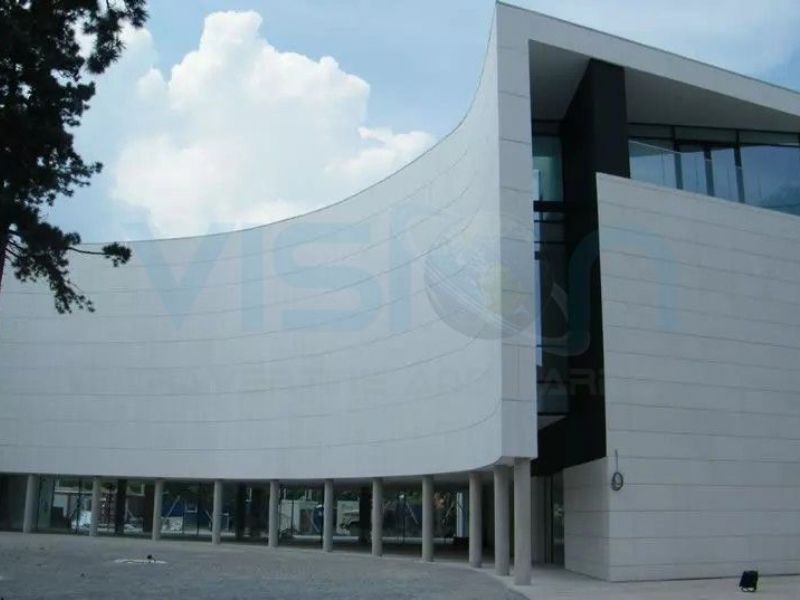
What is Limestone?
Limestone is a sedimentary rock primarily composed of calcium carbonate (CaCO3). It is widely distributed in nature and can be found in various colors, with the most common being white, gray, beige, and yellow. Limestone is an important natural material used in construction, industry, and decoration. Additionally, it is significant in geological and paleontological studies due to the presence of many plant and animal fossils.
Properties of Limestone
-
Chemical Composition: Limestone mainly consists of calcium carbonate. It can also contain various minerals, including fine sand, silt, and clay. While limestone can sometimes be confused with dolomite, dolomite is a magnesium-rich carbonate.
-
Physical Structure: Limestone generally has a porous structure, making it lightweight and easy to work with. Its hardness typically falls within the range of 3-4 on the Mohs hardness scale.
-
Fossil Contents: Limestone often contains the remains of marine organisms. Therefore, it is a type of rock that frequently preserves many fossils. The fossil content provides information about the geological age and formation conditions of the limestone.
-
Color and Pattern Variety: Limestone can be found in various colors and patterns depending on the diversity of minerals and fossils within it, which enhances its use for decorative purposes.
Uses of Limestone
-
Construction: Limestone is widely used in the construction sector due to its durability and workability. It can be used in wall construction, flooring, facade cladding, and in concrete mixes.
-
Decoration: Limestone is used to provide an aesthetic appearance in both indoor and outdoor settings. For instance, it is favored as a decorative element in garden landscaping, terraces, and interior spaces.
-
Glass and Ceramic Production: Limestone is an important raw material in the production of glass and ceramics. It helps to lower the melting temperature of glass and enhances the durability of ceramic products.
-
Calcium Carbonate Production: Limestone is a primary raw material for producing calcium carbonate, which is used in the food, pharmaceutical, chemical, and construction industries.
-
Agriculture: Limestone is used in agriculture as a soil conditioner. It helps to balance soil pH and is used to address calcium deficiencies. It is also beneficial for promoting healthy plant growth.
Maintenance of Limestone
As a natural stone, limestone requires regular maintenance. When used decoratively, the surface should be periodically cleaned and polished to maintain its shine and aesthetic appeal. Acidic cleaners should be avoided, and pH-balanced cleaning products should be used, as acidic substances can damage the surface of limestone.
History of Limestone
Limestone is a naturally occurring material found in many parts of the world and has been used since ancient times. It was used in the construction of the pyramids in ancient Egypt and was widely employed in architecture during the Roman period. Throughout history, limestone has played an important role both as a building material and for its artistic functionality.
Conclusion
Limestone is a material that combines aesthetics and functionality, holding a significant place in the natural stone market. Its use in various fields such as construction, decoration, agriculture, and industry makes it an indispensable natural resource. Limestone continues to play an essential role in various applications both in the past and present.

